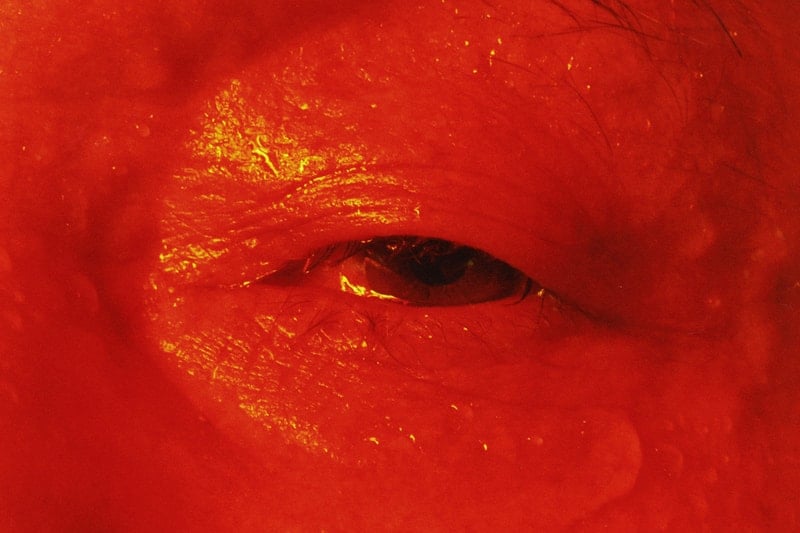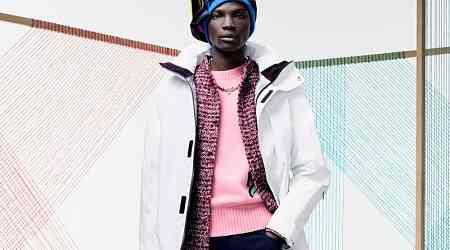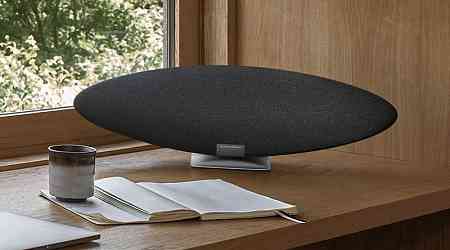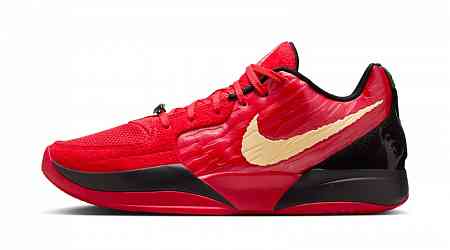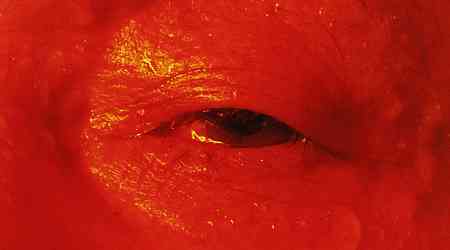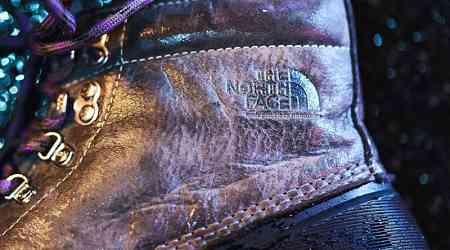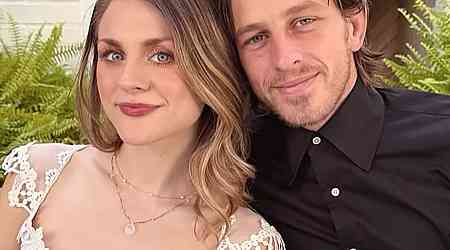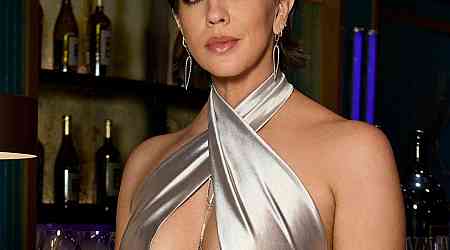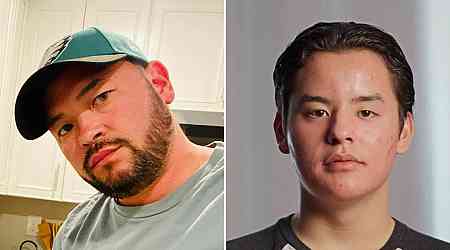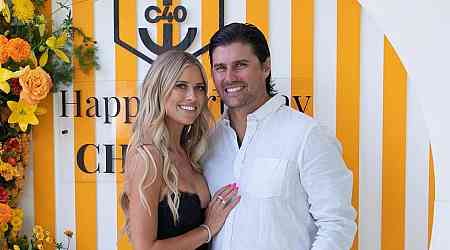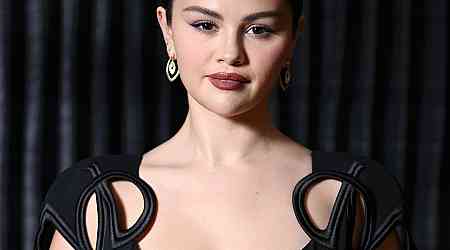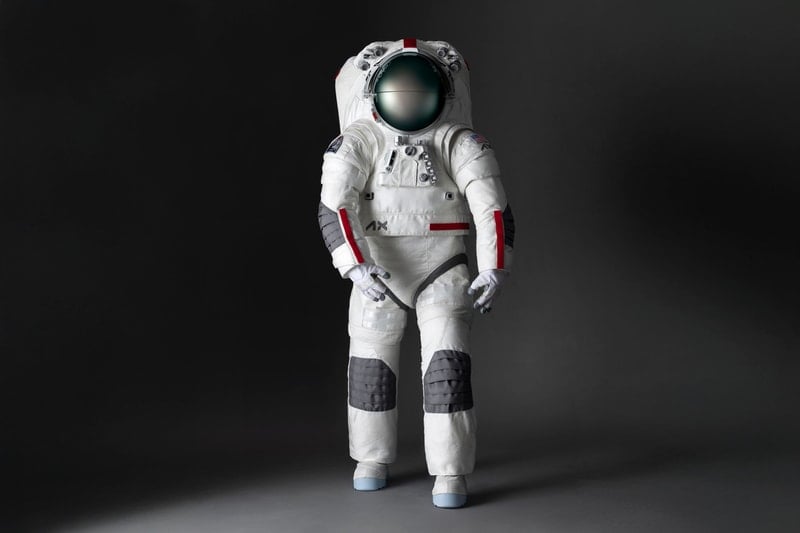Theo Cottle’s images are rooted in reality, but altered to project a hallucinatory state — an “authentic” documentation, he tells Hypeart, of some of the world’s hard-to-access areas and underworlds, from the drum of Havana’s boxing clubs to the onsens frequented by Japan’s Yakuza.
The Bristol-born, London-based photographer looks to “explore the unseen and the unheard,” whether in client work for adidas and C.P. Company to passion projects in Naples’ raucous alleyways. Cottle’s proclivities stem from early war photographs his father showed him as a child, such as the work of British photojournalist Don McCullin, as well as cultural pioneers like Larry Clark, whose films and photographs explore themes pertaining gender and masculinity — motifs that Cottle touches on within his own portfolio, such as his series and book, 893 Yakuza: The Setting Sun.
Spontaneity is one of the hallmarks to Cottle's practice, capturing fleeting moments of various subcultures, utilizing moody hues and natural light to evoke a lucid dream-state. He has been a mainstay in the editorial world, regularly shooting covers and campaigns for Carhartt WIP, NSS and Tommy Hilfiger. Between passion projects and client work, Cottle looks to give voice to the “vulnerable”, a drive that stems from his own speech impediment growing up. “It would be very difficult for me to talk,” he recalls. “I used to go out and speak to people on the street as a way to overcome having a stammer. It’s quite a big part of my work, and I like to see the underdog, the vulnerability in people because I can relate to that.”
For the latest Through the Lens, Hypeart spoke with Theo Cottle to learn more about his practice and his latest book, 893 Yakuza: The Setting Sun.

"I often try to blur the lines of reality, even within a commercial context or project."
Can you describe your coming of age — from the early inspirations that left a mark and how you gravitated towards photography?
I never really got on very well at school, so art became an outlet for me growing up.
I have a stutter-slash-stammer so as a tool to challenge myself I’d approach people in the street to ask them for portraits. As this practice grew, photography became the primary medium that fueled my passion for documentation.
Which movements or artists in particular still resonate with you today?
The Larry Clark retrospective in Berlin in 2012. This really resonated with me and what I was doing quite at the time. I didn’t really get on very well in education, so seeing his early work hung up in gallery gave me a greater perspective on the parameters within art.
Would you describe your path as having gone in a linear direction, or did it manifest after a series of disparate turns and jobs — bouncing from one place to the next, finally landing in the career you’re in today?
I don’t think there is any set path to take in an industry like this, so there’s a lot of bouncing around and making your way in it. I started out shooting events in clubs then later assisted a few photographers. There is a lot of work and making sure you're around when those opportunity’s come in. I feel very appreciative of being able to do this as a job.




What is your set up like? Are you always carrying a point-and-shoot with you, or do you just use your phone for everyday shots and pivot to bigger gear on shoots?
I used to carry a point and shoot everywhere and this used to be my primary tool. My projects now are more thought out and planned so I often dedicate a certain amount of time and I ‘switch on’ to shooting a project. I generally use medium format and digital as a backup, along with Polaroid. If I’m shooting commercially this will need to often be scaled up to meet the requirements. I have a darkroom in London where I print my work and try to keep as much control through the post-process as I can.
Whether for client work or personal projects, you seek to capture a genuine snapshot of your subjects — “an element of truth,” as you’ve described in the past. Can you expand on that and go into depth on how you yourself would define your practice?
I often try to blur the lines of reality, even within a commercial context or project. This for me is what I enjoy looking at and appreciate. My work has concurrent themes that I seem to stem back to and I think are influenced from my coming of age. My subject matter usually revolves mainly around youth subcultures, often exploring the unseen and unheard. I generally am drawn to places where I have a draw to the people within it or want to gain a greater understanding of them.





"I like to see the underdog, the vulnerability in people because I can relate to that."
Walk us through your process for a project, from earliest thoughts to final execution?
I start by putting a good amount of research into a project before making steps to make it happen. Getting help from locals is also important if going to another city. I think there's also a lot to be said for is just about dedicating time to something and it whilst you’re on the ground. I have tried to shoot a number of projects that haven’t worked out for whatever reason. I don’t think there is any shame in admitting this. It’s an important part in the process to make things right.
What have been your favorite personal project to date?
My most recent published work 893 Yakuza. The whole project was shot in a very short amount of time and it all happened very quickly. I was lucky enough to meet a good friend who introduced me to the right people. The process of making the work is often as valuable as the final product, I think in this case that rings true.
Sicily has been a longtime muse for you, emblematic of your recent series on the La Fiera market in Catania. What about Italy’s southernmost island that constantly has you coming back for more?
I’ve got a lot of love for Sicily. I feel a lot of what I’m drawn to in photography is embodied there: rich culture and the streets are alive. I’ve often gone to Sicily to escape London for a while and recharge but I always end up making some work whilst there. I find it a very inspiring place.





How did the Yakuza project come to be and the crazier stories while on the job?
I was out there for a project for Tommy Hilfiger. It was totally unrelated. I made a few friends and basically met this guy who was a friend of a friend — who had a “way in.” This spanned about a month to get linked with them [the Yakuza]. It’s obviously quite a hard thing to just be able to walk in and be able to document these people. So I had to wait in Japan for like a month [laughs].
It’s funny, because you have this idea that you’ll get in these really mad situations. It was, and it was my idea to photograph them naked — there was a lot of them being able to be vulnerable around me. It kind of made the whole thing really relaxed. There wasn’t an element of it being dangerous or scary. It was really respectful. Obviously being in that environment is a kind of mad situation. Loads of older people naked who’ve probably done some bad things in their lives. The biggest thing for me was not wanting to be disrespectful. Going back to my work, what I’m really interested in questioning the narrative about people.
That’s why I wanted to document them [the Yakuza] in this vulnerable way. When you’re naked and have a camera beaming over you, naturally, it will draw out different emotions out of you. Which I think it did with these guys.
Was the decision to shoot them naked due to the fact that the location was in an onsen or spur of the moment?
Yeah it happened a few weeks prior to the shoot. I visited an onsen and saw one of these Yakuza dudes walking around. You could just spot this guy — it was obvious he was part of the Yakuza from the way he was walking — puffed up chest and that gave me the idea that it would be cool to document a member here. I started to talk to him a bit and so I had to revisit the whole situation and make an arranged shoot similar to the initial inspiration. I don’t think the owners of the onsen knew that we were shooting Yakuza members. That took them by surprise.
Were there similarities in scope to your project in Cuba with the boxers? Like the Yakuza, which operate on the periphery, Cuba is a place hard to access for Americans. Can you talk about the similarities and differences in these projects?
I’m English, so I don’t have these restrictions or ideals. There is a lot of poverty in Cuba and that was quite different and I was working with a lot of kids. But what I was looking for again, were the vulnerabilities. There were a lot of boxing gyms and I wanted to find younger faces. I’ve had a speech impediment since I was growing up and it would be very difficult for me to talk. I used to go out and speak to people on the street as a way to overcome having a stammer. It’s quite a big part of my work, and I like to see the underdog, the vulnerability in people because I can relate to that.
All photos courtesy of Theo Cottle for Hypeart.


















